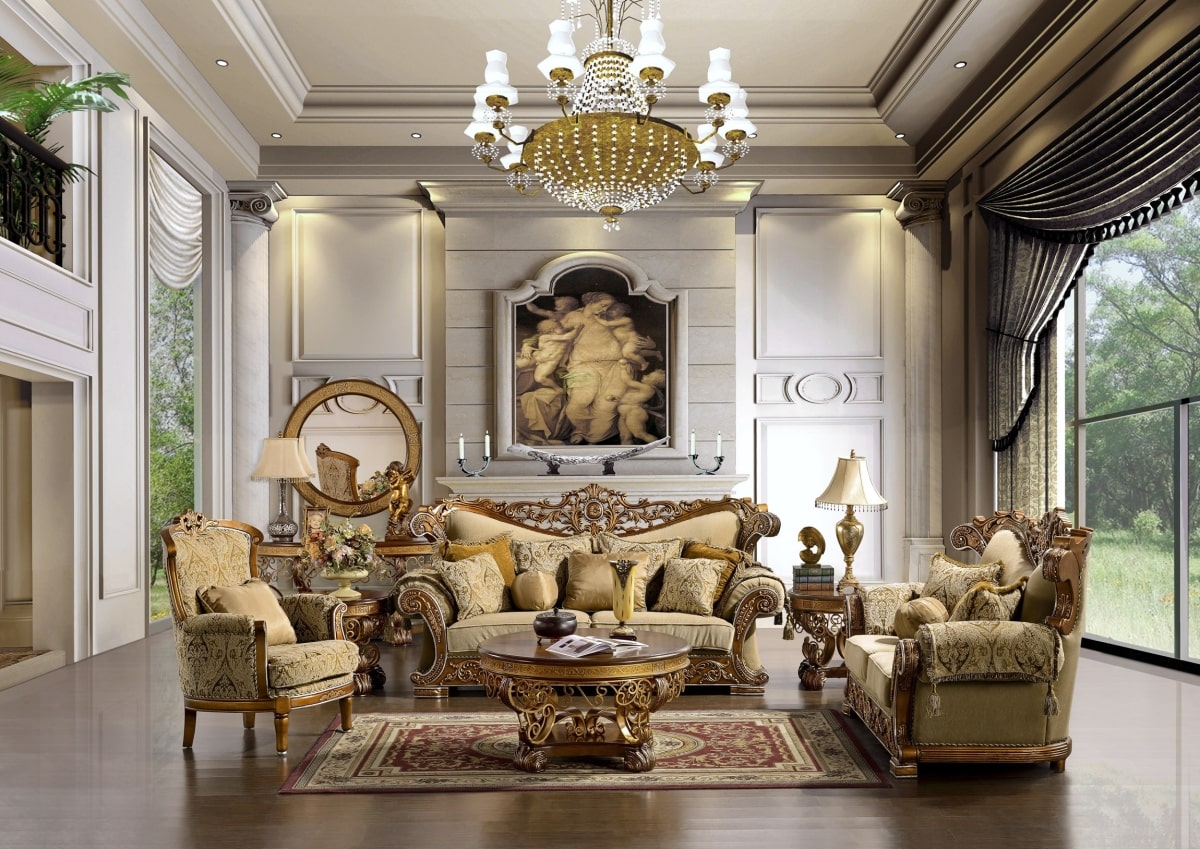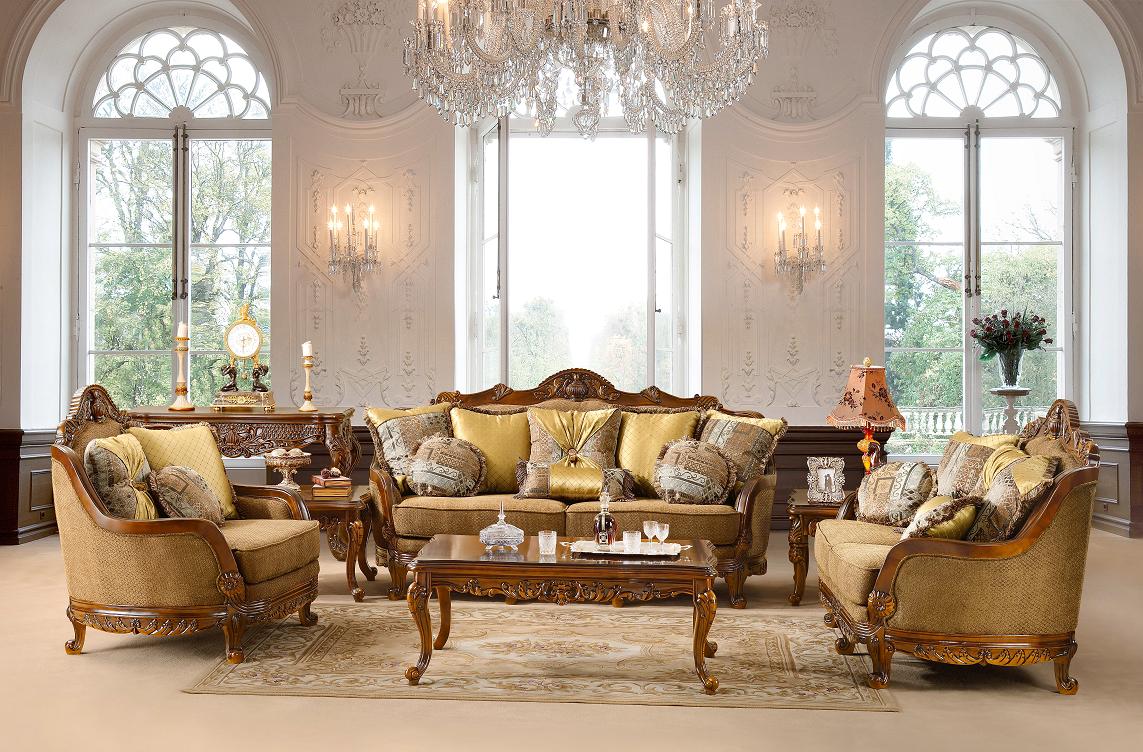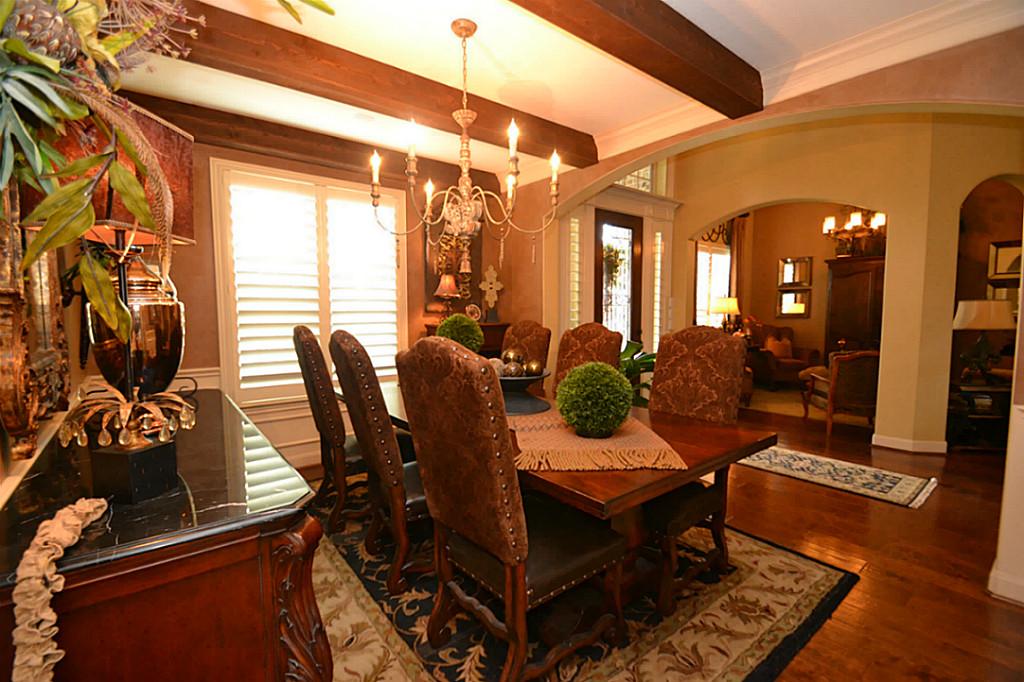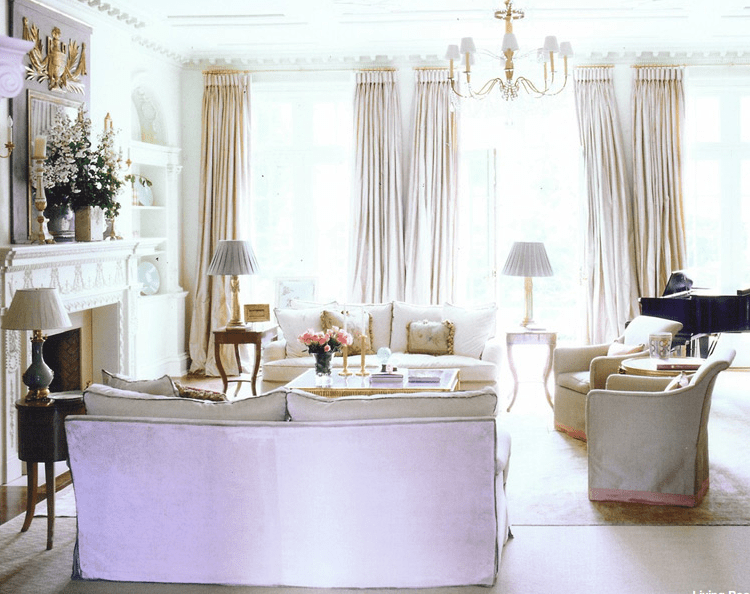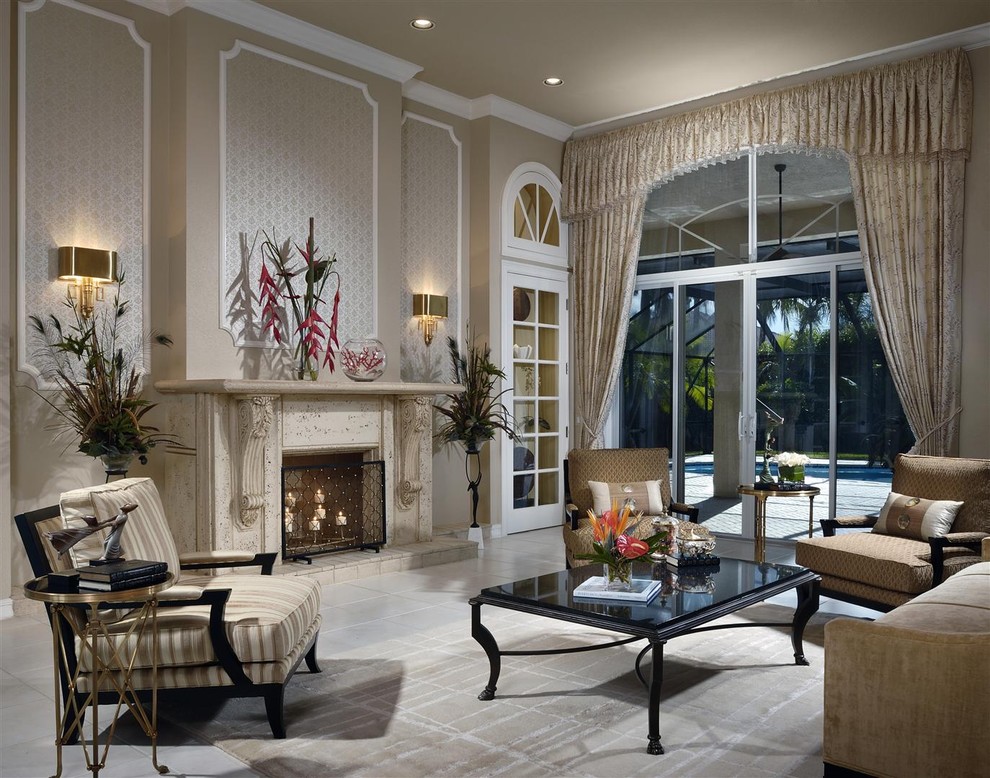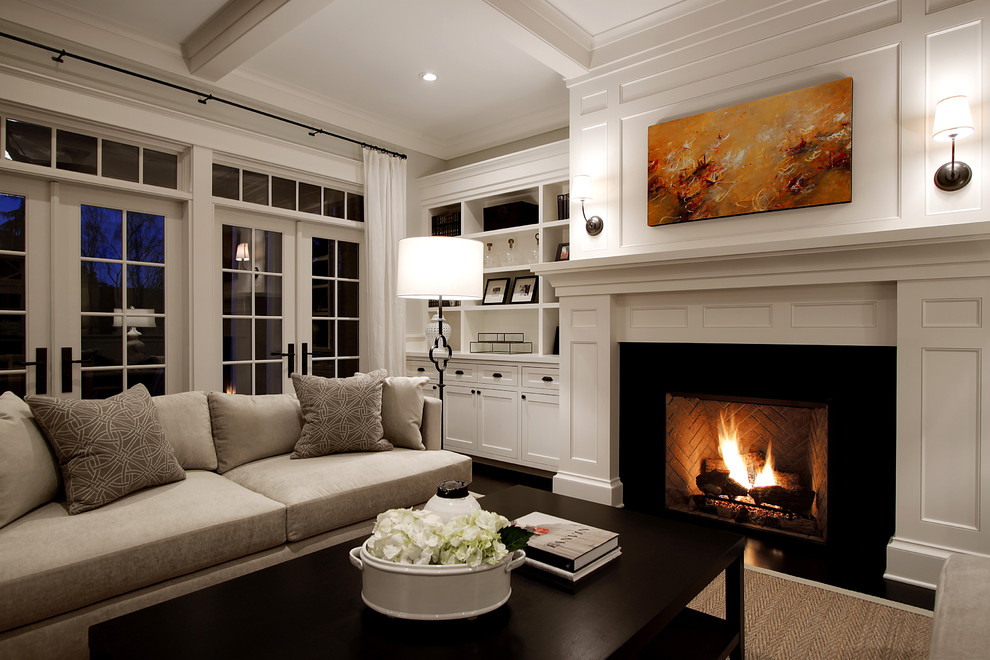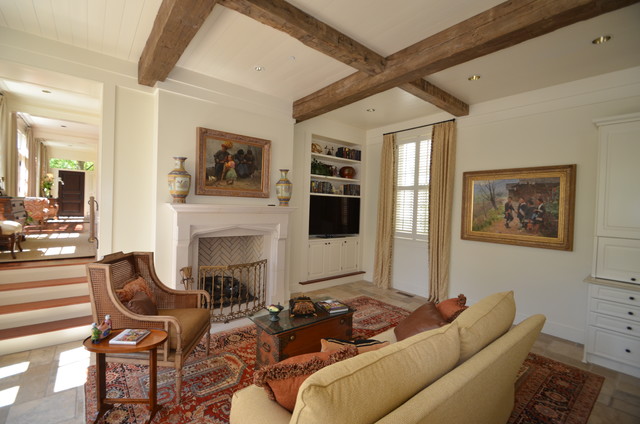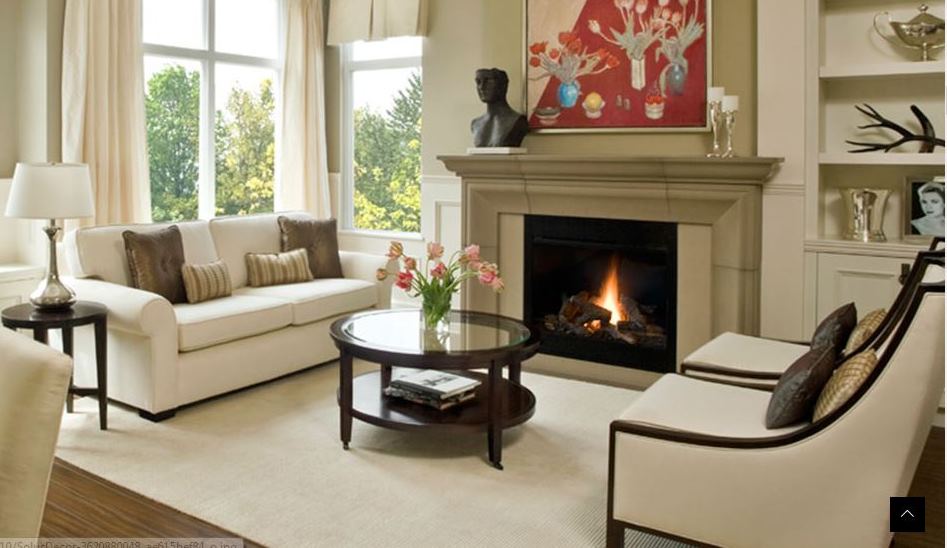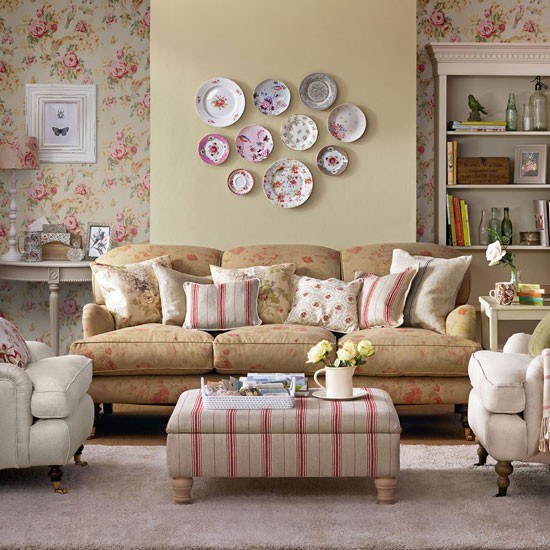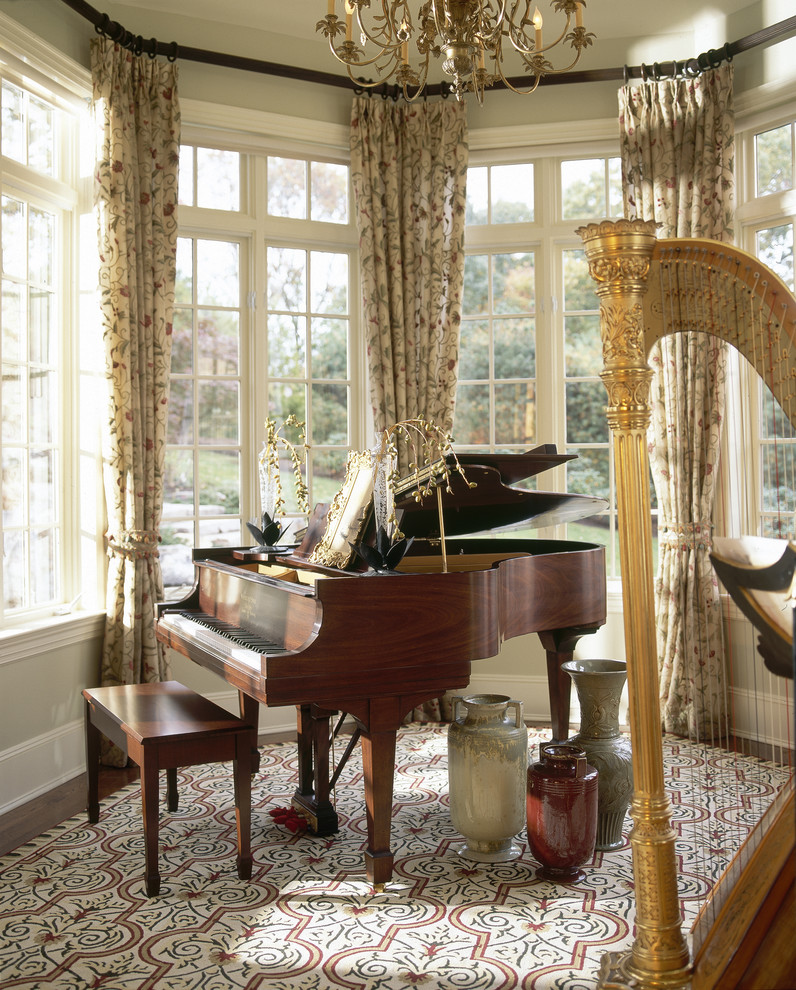Traditional Style is all about:
1. Balance
Symmetry plays a vital role in a classic look. From furniture placement and architecture down to the last detail, everything is well balanced. Furnishings, for example, are usually grouped in arrangements that encourage conversation. Although the pieces don’t have to match (you can’t have an eclectic, offbeat mix, though), they should be positioned along the axis of the room.- How to bring symmetry to your room: Symmetrical placement should be your central focus. However, you can stray just a little and make it fresh. Prevent a room from feeling static by propping a tall mirror against a wall, angle a lovely cocktail table right next to an armchair, add an irregular shape rug or hang art in a way that it gives you a sense of motion. Such subtle ways can indeed loosen the room and give it an inviting energy boost.
2. Soft Edges
You won’t find any sharp angles in traditional rooms. Instead, curves reign and exude a welcoming sense of comfort. The pillows come in plentiful; cushions are luxuriant and plump, and leggy chairs and tables are always counterbalanced by skirted pieces that feel genteel and cozy.- How to bring freshness: First of all, avoid cramming a lot of tufted pieces of furniture into a single room, unless you want your room to look overly Victorian. Also, the best way to make an old-fashioned chair or sofa feel more modern is by choosing natural, textural fabrics and opting for tailored skirts.
3. Rich Wood Tones
Darker tones of oak, mahogany, cherry, cedar and walnut prevail in traditional style, which should feel cozy to fulfill its role. Cedar beams across the ceiling and a white staircase with mesmerizing walnut railing can provide the warmth required.- How to bring freshness: Don’t obscure hardwood floors from shining with a king size rug. Of course, nobody will tell you to leave them bare. What we need is to give a pulled-together look and make it fresh at the same time. So, layer in wood furnishings that all belong to the same color family and see what happens!
4. Conservative Color
The color is traditional spaces is mellow and definitely laid-back; it doesn’t shout. Therefore, neutrals (i.e. tan, taupe, beige, and cream) are ideal. However, you can also create awe with deeper blues, greens, reds, and browns that also look fantastic in traditional interiors.- How to bring freshness: Simply put, go for neutrals. That aside, you can always play a bit outside the comfort zone (just slightly!) and think beyond the basics. Try chamois, pale blue, spring green, lavender, and soft red and you won’t be disappointed!
5. Trim & Molding
Unquestionably, traditional rooms are distinguished by their elegant finishing touches (see umber detailed plasterwork and millwork often painted ivory or crisp white and bearing venerable motifs). The secret with traditional trim is that it has to add visual weight without being ornate. Therefore, having a floating mantel or skimpy moldings will just not cut it.- How to bring freshness: Keep the mantel arrangement surrounding an elaborately carved fireplace as simple as possible. Give an updated spin to the area by staying away from elaborate finials and columns and allowing wainscoting blend into the wall, in favor of still classic, yet cleaner, lines.
6. Discreet Sparkle
What you want is warm and soft undertones of metals and not chrome for a gentle shine. Plumbing and lighting fixtures look great in copper, bronze, and brass and think gilt-frames artwork and mirrors to add to the overall style. Finally, traditional elegance is best complemented with crystal sconces and chandeliers that bring a showy sparkle and are always on point!- How to bring freshness: To begin with, you need to pick metals that don’t shine like the shiny brass of the 80s. Choose ones with some patina, tarnish or texture. No matter how you feel about oil-rubbed bronze, it does blend quite beautifully with classic décor, although it looks updated. Alternatively, you could experiment a bit with pewter!
7. Exotic Carpets
If you have spent the cash on a top quality carpet, be it an Oriental, Persian, or Kilim rug, you must know that these will never go out of style, no matter what. Floor covering so meticulously woven can only add value to a home and are like fine jewelry; they can work with practically anything you want and have a unique way to blend into the background without being too loud.- How to bring freshness: If you wish to experiment on something new (although this element is probably better as it is), you can always layer an Oriental rug over a seagrass or sisal one. No matter what you do, though, don’t go the over way around, or you will end up with something oh-so-kitsch. However, no one will stop you if you want to play with scale, and throw three narrow rugs in a row or a small rug next to a larger one!
8. Artful Accessories
Yes, if you are a traditionalist, you just can’t stand blank walls that feel cold or shelves sparsely populated that make your room look unwelcoming and uninviting. Just as a good hostess wants to see her guests pleased and fulfilled, you also need to create a tasteful, traditional look with collections of plants, china, books, globes, figurines, or even boxes massed together (you can also fan them out, only make sure you do so in a logical way!). Some extra tips are as followed: art should be mounted over the mantel. However, if it is not, it usually is hung at eye level. As for platters and plates, they have every right to be on your walls. Now, if you have a group of pieces that look somewhat similar, you can fashion identical frames and then arrange them in a tidy grid. Finally, mirrors are best if they are gracious and grand (i.e. Venetian).- How to bring freshness: Every traditional space will look fantastic if you add austere sculpture and painting. This doesn’t mean that you should stick with hunting scenes and Renoir reproductions. On the contrary, there are so many modern pieces of artwork that feel graceful and soft enough to fit in a traditional setting. Needless to say, there is nothing more versatile and timeless than black-and-white photography. You should also try leaving the canvasses without a frame. It will infuse a more casual feel. For plant lovers, better go for more sculptural foliage and skip fern bars and frilly plants. Also, consider creamware or Delft rather that porcelain, simple ironstone, and white pieces that balance with some elaborately patterned ones.
9. Pretty Patterns
Florals, plaids, toile, stripes, you name it, every single piece has its spot in traditional style and, sometimes, they are all found in the same room. Let your creativity free and dare to mix and match. To stay on the safe side, though, don’t go too splashy or bold and stick to the same (tight) palette.- How to bring freshness: Symmetry is key. Regardless of the patterns, there should be balance in a traditional room. Choose an upbeat color or an oversize scale to update patterns (i.e. damask fabric) to add punch without straying too much from the style you have in mind.
10. Refined Window Treatments
Embellishments (i.e. tassels), luxurious fabrics, and sweeping silhouettes become focal points with traditional draperies. Valances, simple plantation shutters, and panels (with or without tiebacks or finials and either straight or pleated) are also powerful standbys.- How to bring freshness: Puddled draperies feel tired so avoid them. Sheers are also a no-no. Prefer to layer plain curtain panels over a bamboo (or rattan) shade or you could also choose Roman shades, especially if you love streamlined styles. The only thing to consider is when matching furniture fabric to curtain fabric because you can easily make your room feel overwrought and cloying if you use too much of the same fabric.
